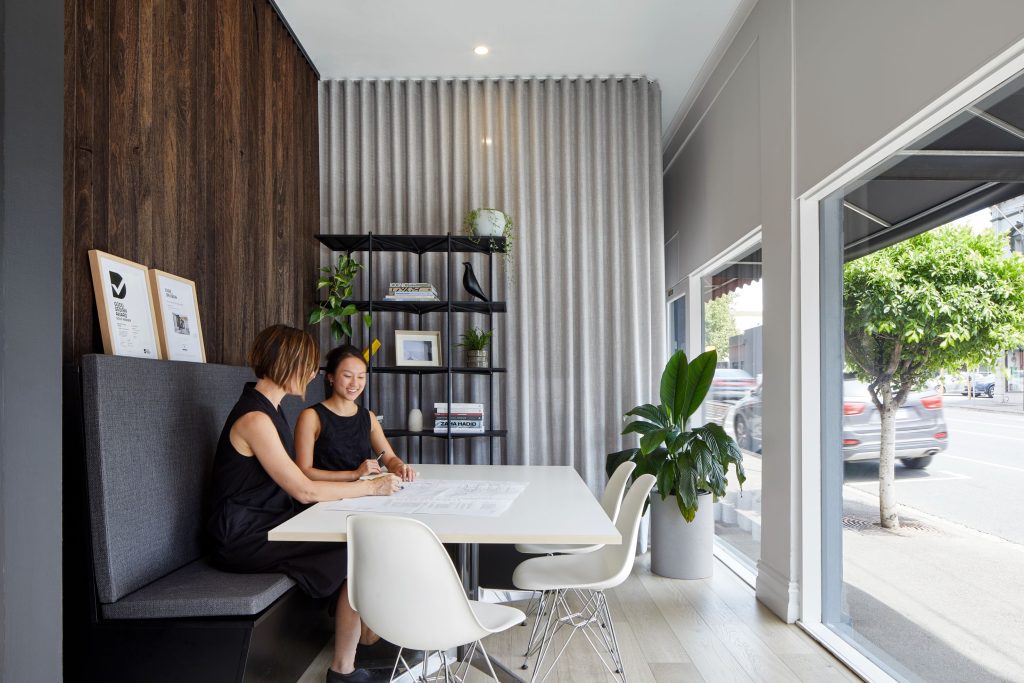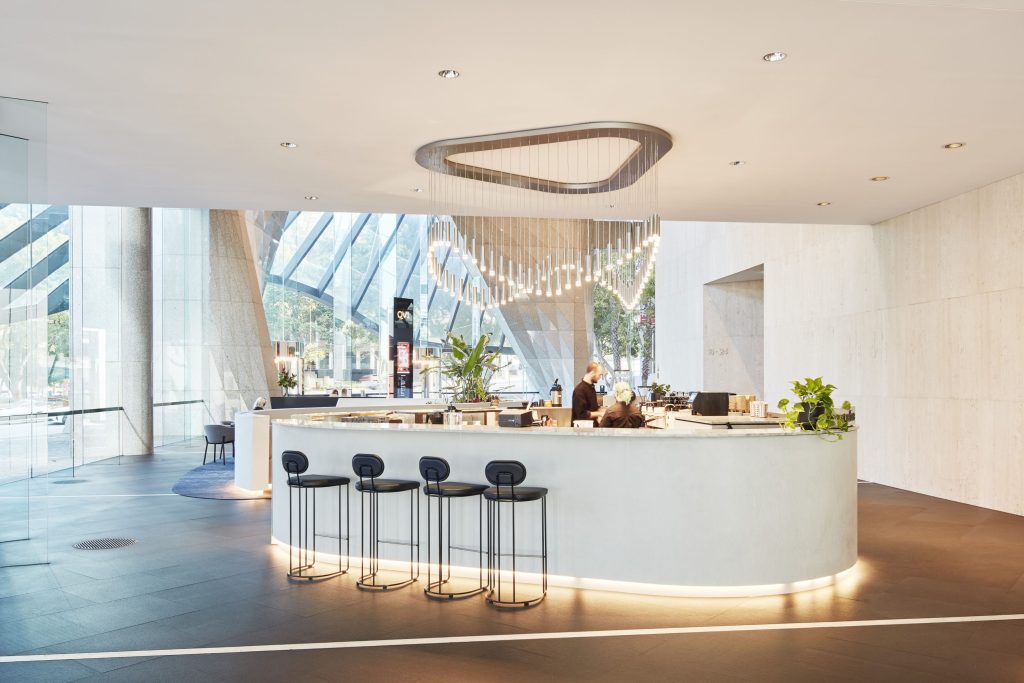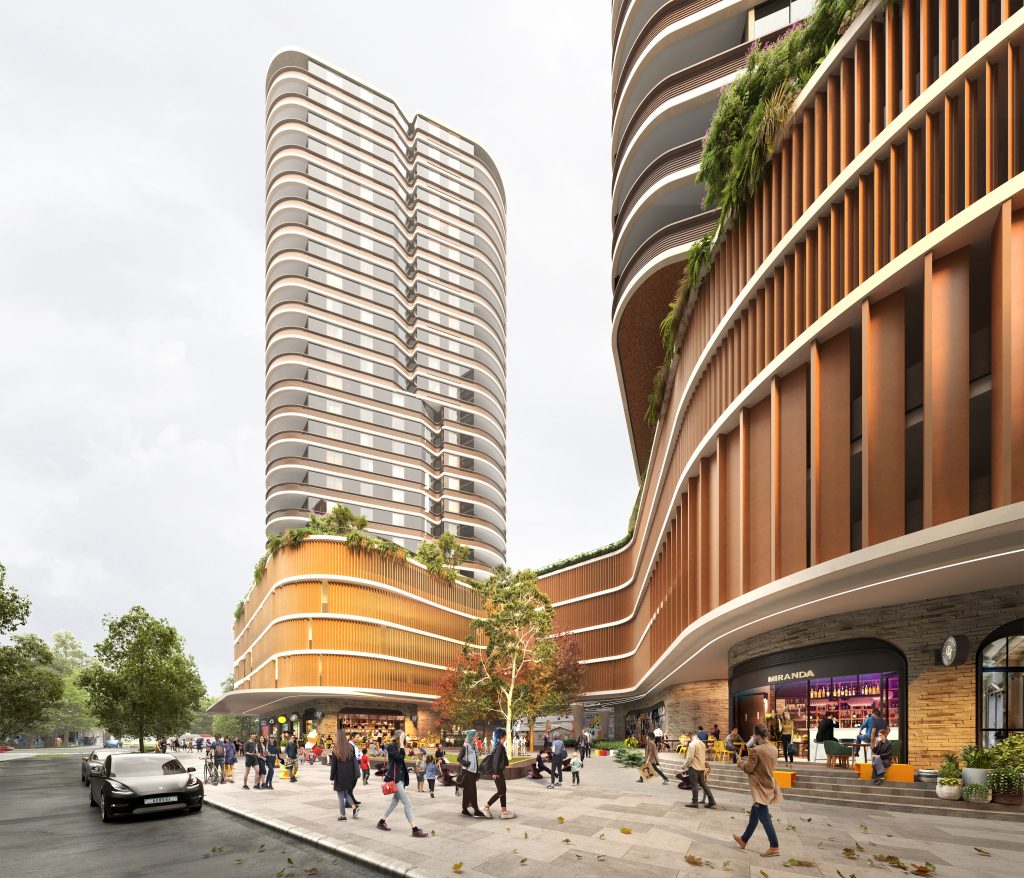
Paul Viney on architecture’s response to recessions
Paul Viney on architecture’s response to recessions
Share
Empowered to combat the inevitable challenges of economic uncertainty, the director of Melbourne’s FPPV Architecture, Thailand’s JAI Architecture and Coop Himmelb(l)au Australia, Paul Viney implores architects to holistically protect their businesses.
Paul Viney acknowledges that a successful and sustainable architectural practice thrives on more than just design sensibility and skill – it requires rich and ever-changing understandings of financial management and strategy.
This fact is made even more apparent by the recent revelations presented by the University of Melbourne’s Doctor Peter Raisbeck that two-thirds of architects in Australia operate small businesses that function on measly profit margins.

Financial strategies to build resilience
Viney says that to avoid dwindling profit margins, architects would be wise to replace onerous lease costs and borrowings with judicious negotiations on lease terms and debt. Additionally, architects must reject the inclination to be self-sacrificing and continue to pay themselves realistic and liveable wages to guarantee financial security.
In line with attending to personal needs, architects need to constantly analyse staff needs and requirements and experiment with new ways to maximise efficiency.
Cash flow and overhead management are imperative, he says. Namely, it’s important to recognise the differences between cash flow and profit and capitalise on opportunities to decrease overhead costs and reap the benefits of significant savings.

Strategic Resource Management
Viney underscores that an architect’s most valuable resource is the practice’s team, and therefore supporting and encouraging staff is essential. This is achieved through constant mental wellbeing check-ins, offering the option to work from home and providing professional development opportunities.
Alongside attending to individual practice needs, the FPPV Architecture director emphasises the benefits of collaborating with other firms on joint-venture projects, or even via resource-sharing in peer networks and associations such as ACA’s Resource Sharing System.

Financial adaptability
Viney also advertises the benefits of dutifully watching cash flow, particularly for aged debtors. Airtight methods of invoicing and tracking systems will limit the chance for bad debts.
Architects should steer clear of taking on projects to satisfy short-term cash flow needs, he says, and instead embark on a project if it fulfils long-term business goals. Clients who express a habit of financial instability may need to be re-evaluated as an option, and Viney warns against considering equity swaps in replacement of fees.

Marketing development
Marketing should be ongoing and constantly reworked to suit practice and societal needs. Viney recommends that practices diversify their portfolios and branch into different services such as interior and landscape design, all the while pursuing sustainability.

Contingency planning and asset protection
Viney concludes that waiting for a recession to arrive to pounce on overhead cost management is hazardous.
When evaluating how to sustain the business, architects should consider loan accounts from protected entities such as family trusts and ensure accounts contain room for staff entitlements, including accrued leave and benefits.
Transferring dividends from last year’s profits to use as capital is also advised. Viney suggests that paying dividends quarterly, as based on previous year’s figures, is an efficient way to secure financial stability.
Featured Image: Unispace’s Brisbane office by Mindi Cooke.
For more on the business of architecture, check out our newest edition of Architectural Review.
















